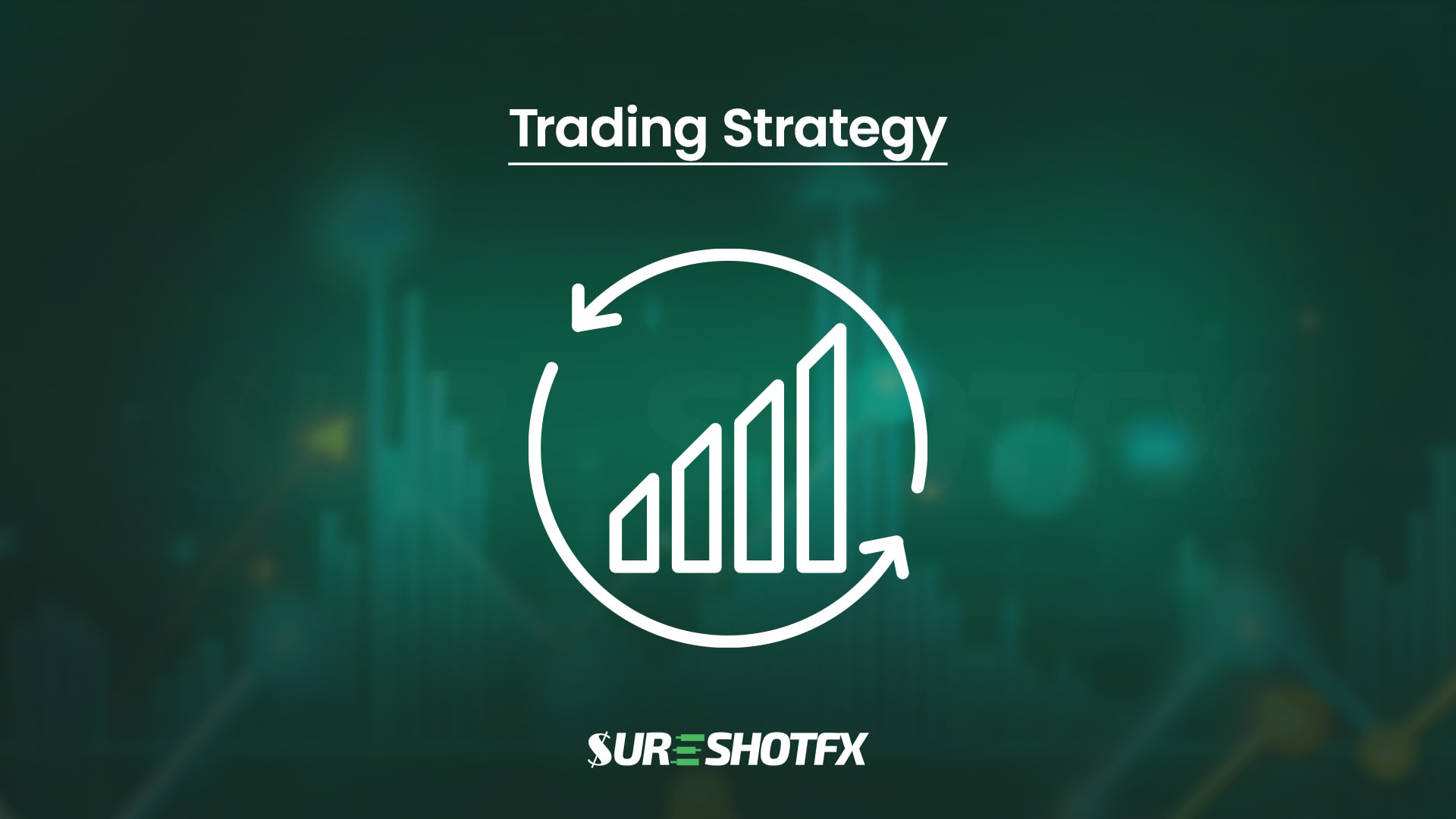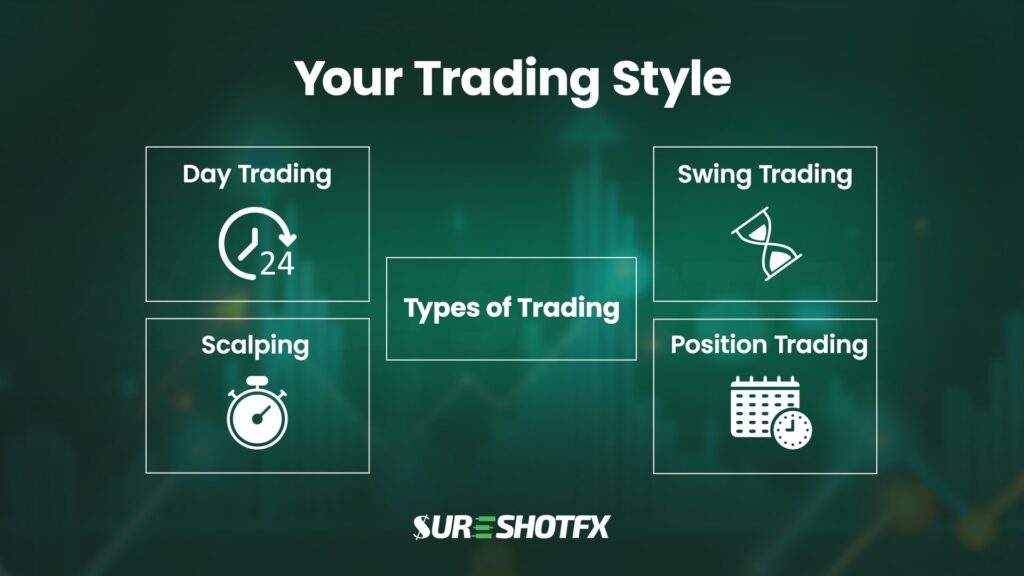Discover Your Forex Trading Style and Optimize Your Approach

Do you realize that no two people are exactly the same and that your friend’s needs could be completely different from yours? That’s also true for forex trading. Every dealer is different, and so is the way they trade. And while the end goal of every trader is to make money, they all do things in different ways to get there. What makes yours unique is how much you want to trade and how long you want to hold each spot.
As an example, Long-term Traders typically only open a few positions every quarter. They’ll leave them open for months at a time because they want to make at least 10% on each one. The polar reverse is true with Day Traders. They might have more than one job every day, which could keep them open for minutes or hours. They use leverage to try to make money from small changes in the market.
FOREX Trading Strategies
The way you want to approach the foreign exchange market is known as your trading style. Do you want to make a lot of short trades in a short amount of time? Or would you rather make one big trade and hold on to it for days? Your 9-to-5 job keeps you busy, right? Do you only have a little time to trade? Do you have a lot of free time to just sit at your computer and wait for trades to come up? All of these things affect what kind of trader you are and how you trade. There are four main ways to trade:

1. Day Trading:
Day traders also execute frequent trades on an intraday time frame. Though Forex day traders don’t work as quickly as scalpers, they will still stop all of their positions before the end of the Forex day trading so they don’t have any open overnight. For traders, this means that negative news about prices before or after the market starts doesn’t affect their trades. Being able to quickly adjust to changes in price is important for day traders, and they should also know how to use methods like “fading the gap” to make money.
Pros:
- Day trading gives you a lot of chances to trade.
- Having a deep understanding of technical analysis
- Day buyers don’t always depend on long-term market trends.
Cons:
- Day traders often make a lot of short-term trades in a day, so commissions tend to hurt them a lot.
- It takes a lot of focus and concentration to make quick trading choices.
- Technical analysis is something that day traders need to know.
2. Scalping:
Scalpers are traders who only hold positions for short periods, like a few seconds to a few minutes. Forex scalping methods involve trading a lot during the day in order to make small profits during the busiest (most liquid) times. The lives of scalpers are lived at a high speed. Being alert, instinctive, and quick-witted is desirable, but being stoic under pressure is also important, as you will constantly be digesting new information and responding to fast market movements.
Pros:
- Scalping trading gives you a lot of buying options. Technical research skills that are very good
- Doesn’t care about long-term trends
Cons:
- Because scalpers make a lot of short-term trades every day, fees tend to hurt them a lot.
- It takes a lot of time, attention, and concentration.
Scalpers need to trade mechanically and not let their feelings get in the way.
3. Swing Trading:
Positions that traders hold over multiple days, with the goal of profiting from price patterns that occur in the near term. Every hour or every half hour, a swing trader might look at bars. Since this type of trader isn’t as busy as scalpers and day traders, they don’t need to be as alert all the time. However, they do need to have a good eye for details when they look at charts.
Pros:
- Monitoring charts doesn’t necessitate a substantial amount of time.
- Profits can pile up quickly when you trade swings.
- You can trade part-time if you’re a swing trader.
Cons:
- Being open to market risks on weekends and overnights
4. Position Trading:
Those who engage in position trading retain trades for extended periods, ranging from a few weeks to several years. When compared to other trading techniques, position traders have the longest holding duration. As a result, they are less concerned with the short-term price swings of an asset and, accordingly, more concerned with the performance over longer timeframes. If you want to be successful as a forex position trader, you will need to have patience because your money will frequently be held for extended periods. It is advantageous to have a comprehensive understanding of fundamental elements, particularly when dealing with longer-term transactions; therefore, strong analytical abilities will be of great assistance to you.
Pros:
- The monitoring of charts does not need a significant amount of time.
- A solid comprehension of the techniques of fundamental analysis
Cons:
- Massive amounts of capital
Finding Your Trading Personality and Style:
- Self-Assessment: Reflect on your personality traits, risk tolerance, and available time.
- Research: Learn about various trading styles to identify the one that resonates with you.
- Practice: Open a demo trading account to test your chosen style without risking real money.
- Evaluate: Continuously assess your performance and adjust your style if needed.
Education: Invest in learning and improving your trading skills through reliable sources and courses.
Boost your trading skills and profitability with these final tips:
- Take personality tests to gain self-awareness of your natural inclinations.
- Study different Forex trading strategies to find your best match.
- Start slowly with your chosen style while learning its nuances.
Be flexible to tweak your system as you gain experience. - Trust your instincts – if a trade feels “off”, don’t take it.
- Always use stop-loss orders to limit potential losses.
Keep an eye on economic news and events that can impact the Forex market.
- Begin with a small trading capital and gradually increase it as you gain experience.
- Educate yourself about the forex market. There are many resources available online and in libraries. You can try Sure Profit Trading Secret at only $4.99.
- Practice trading with a demo account before you start trading with real money.
- If you make a loss, don’t try to make it back by making another trade immediately. Wait for the market to settle down before making your next trade.
- Everyone loses money in the forex market. The important thing is to learn from your mistakes and keep moving forward. Happy Trading!
